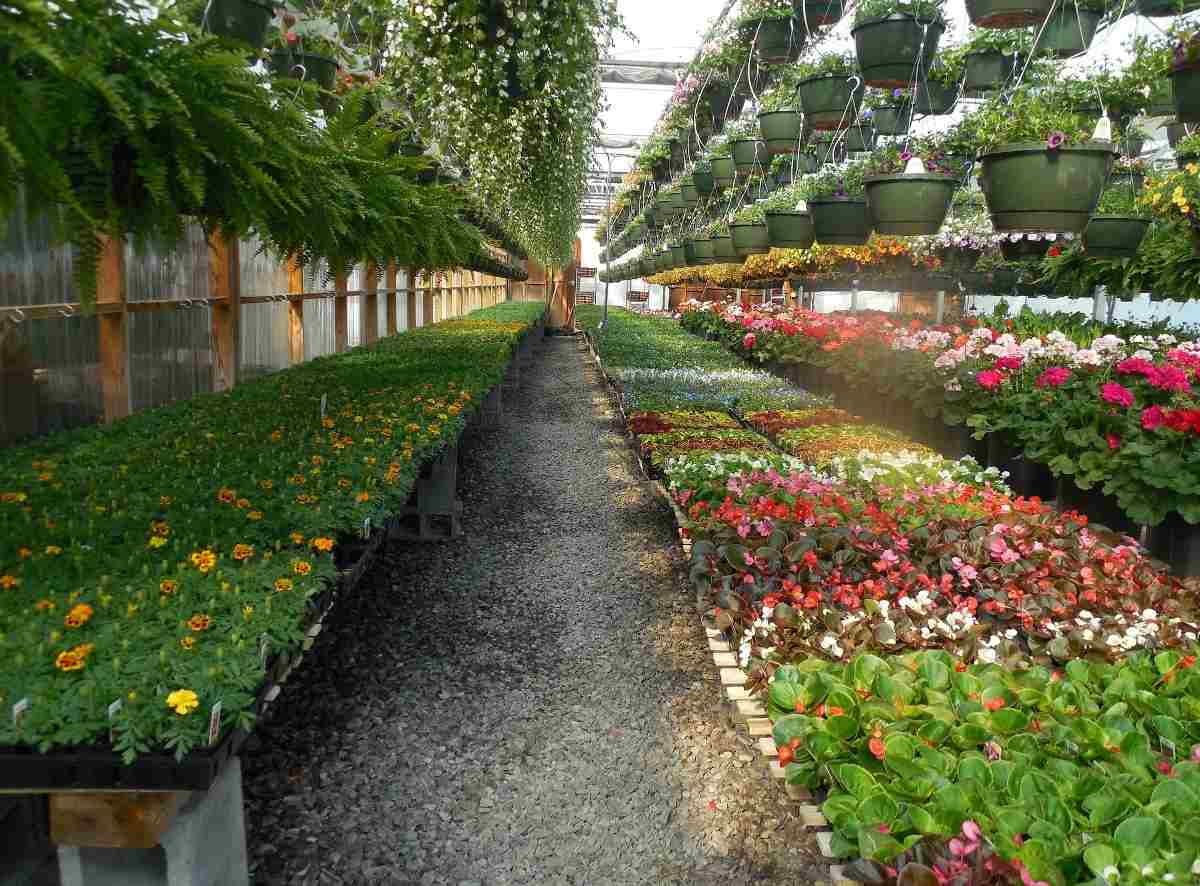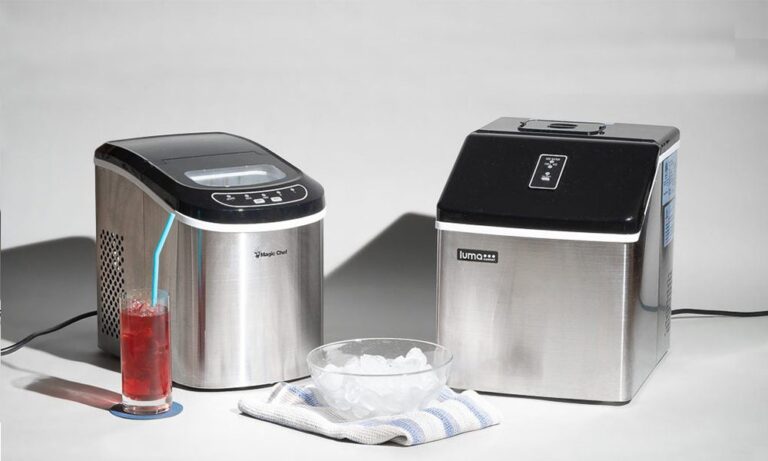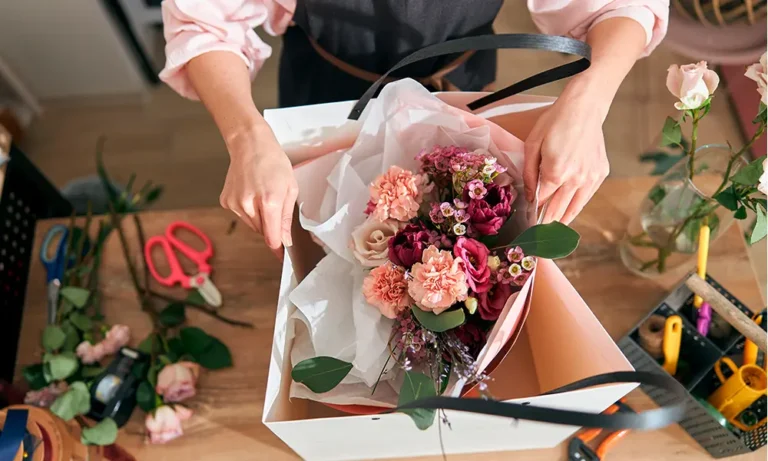
In recent years, the trend of using branded plant containers has gained significant traction among consumers worldwide. These containers are not just a means to hold plants; they have evolved into a statement of style, sustainability, and brand awareness. This article delves into the various aspects of consumer perceptions and emerging trends in the world of branded plant containers.
The Rise of Branded Plant Containers
Branded plant containers have emerged as a popular choice for both individual consumers and businesses. This shift can be attributed to several factors:
- Aesthetic Appeal: These containers often feature unique designs and logos, making them more visually appealing than traditional pots.
- Brand Loyalty: Consumers who are loyal to a brand are more likely to purchase plant containers that reflect their preferred brands.
- Sustainability: Many brands are now focusing on eco-friendly materials, attracting environmentally conscious customers.
Understanding Consumer Perceptions
Quality and Durability
Consumers often associate branded plant containers with higher quality and durability. The perception is that a brand would not put its name on a product unless it meets certain standards.
Style and Status
- Personal Expression: Consumers view these containers as an extension of their personal style and tastes.
- Status Symbol: For some, owning a branded container is a status symbol, reflecting a sense of sophistication and an appreciation for finer things.
Environmental Impact
- Eco-Friendly Materials: Consumers are increasingly looking for containers made from recycled or sustainable materials.
- Longevity: Durable containers that don’t need frequent replacement are seen as more environmentally friendly.
Trends in Branded Plant Containers
Technological Integration
- Smart Containers: Incorporation of technology for better plant care, such as self-watering systems or integrated sensors.
- Augmented Reality (AR): Some brands are using AR to help consumers visualize how the containers will look in their space.
Collaboration and Limited Editions
- Designer Collaborations: Brands are partnering with designers to create unique, limited edition containers.
- Celebrity Endorsements: Celebrities endorsing branded containers can influence consumer choices, particularly in younger demographics.
Customization and Personalization
- DIY Kits: Brands offering do-it-yourself customization kits.
- Personalized Branding: Options for personalizing containers with names, messages, or custom colors.
Subscription Services
- Regular Updates: Subscription models where consumers receive new containers periodically.
- Seasonal Themes: Containers that align with seasonal decor trends.
Market Analysis
Demographic Insights
- Younger Consumers: It’s worth noting that brands that prioritize sustainability tend to be more appealing to Millennials and Gen Z. Additionally, these two generations are particularly drawn to branded containers that reflect their values.
- Urban Dwellers: City residents show a higher preference for stylish, space-saving containers.
Geographic Trends
- Urban Areas: Higher demand in urban areas where living space is limited.
- Cultural Influences: Certain regions show a stronger preference for local brands or specific styles.
Challenges and Opportunities
Challenges
- Cost: Branded containers can be more expensive, limiting their market reach.
- Over-Saturation: Too many options can overwhelm consumers.
Opportunities
- Sustainability Initiatives: Brands that focus on sustainable practices can appeal to environmentally conscious consumers.
- Innovation: Continuous innovation in design and functionality can keep the market dynamic.
Conclusion
Branded plant containers offer more than just a simple solution for planting; they embody a convergence of style, practicality, and brand representation. As consumer preferences evolve, brands that stay ahead of trends, particularly in sustainability and personalization, are likely to see continued success in this market.






